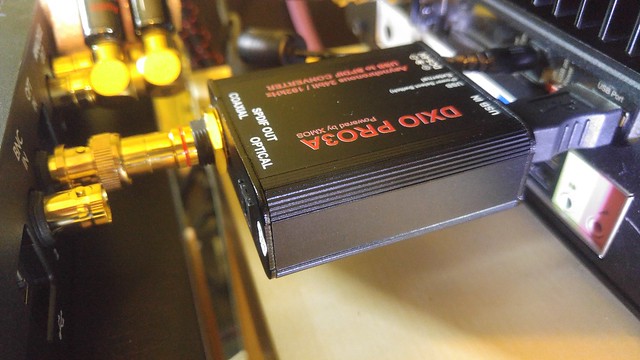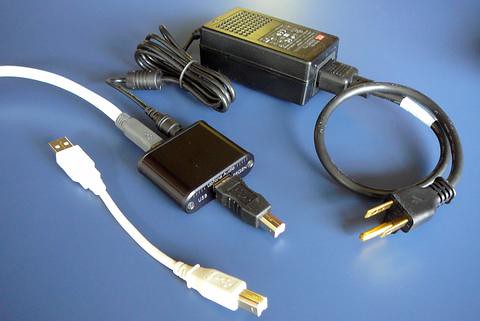There are a lot more differences apart from the PSU - on the DAC side, it has better noise shapers on the FPGA (better depth and detail resolution) very much more advanced reference circuitry (taken from Dave, giving a darker and more full bodied SQ). On the analog side we have the second order analogue noise shaper topology, which eliminates HF distortion, and allows no high frequency distortion at all once a load is attached.
But of course the biggest benefit is the simplification of your analogue path - TT2 is an order of magnitude simpler than Qutest + headphone amp, so the connection from digital to transducer is fundamentally more direct. A more direct connection is much more transparent; plus the distortion and noise will be very much lower than with an external amp.





















 0313191326
0313191326
 REGENadapter
REGENadapter both reclock the usb data stream.
both reclock the usb data stream.




